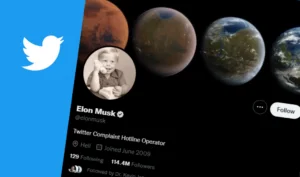
Employee Benefits Communication Success Strategies
In the aftermath of the pandemic, employers have received a massive wake-up call — in more ways than one. Who knew so many people would

In the aftermath of the pandemic, employers have received a massive wake-up call — in more ways than one. Who knew so many people would

You’re a business leader. You believe in your company with all your heart. Your commitment to the organization’s mission drives you to aim high, work

For most office-based employees, “work” no longer represents a physical location. In fact, 84% of people who worked remotely during the pandemic said they intended

Some conversations stay with me. It could be something about the subject, the wisdom of the person I’m talking to, or the timeliness of the
Great leaders inspire their people and provide focus by setting a clear vision, a mission, and actionable values that fuel an environment for individual and